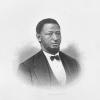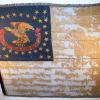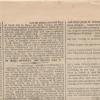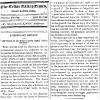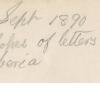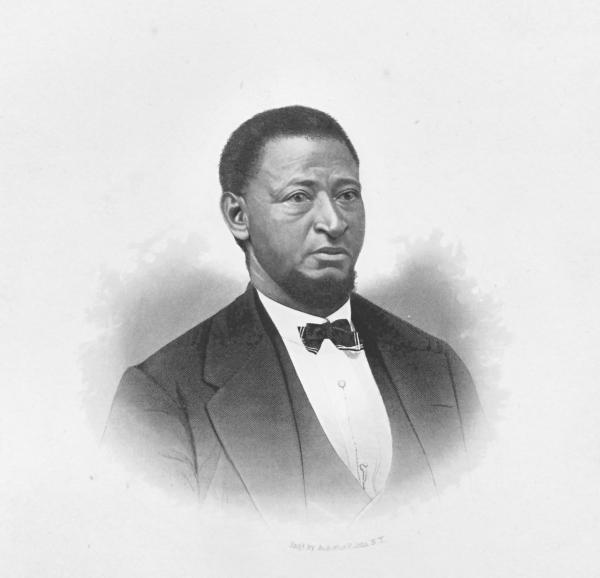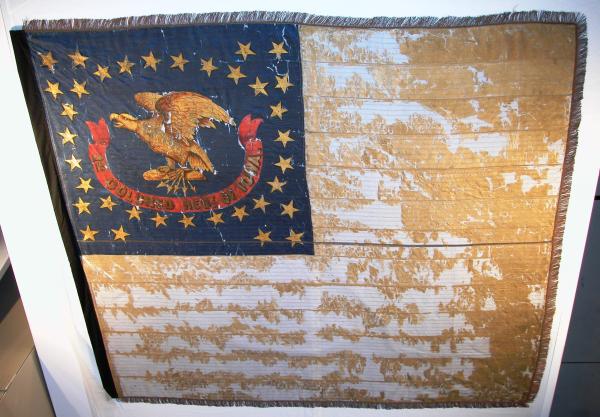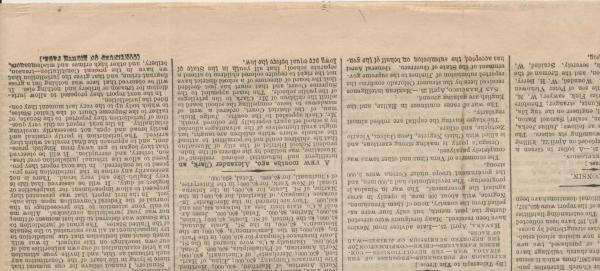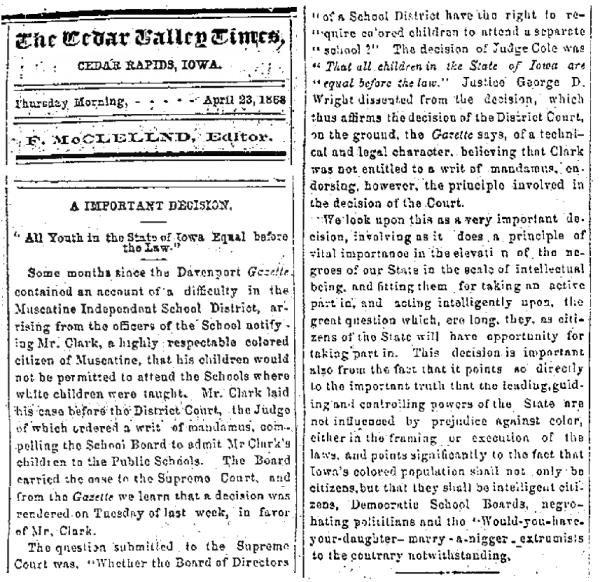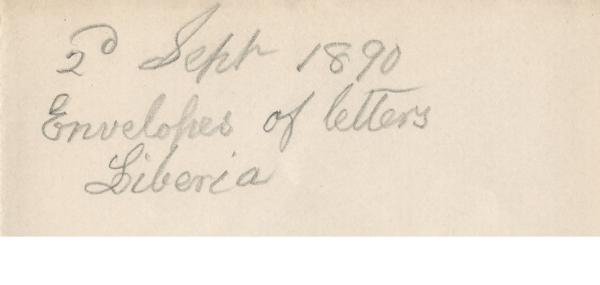Alexander Clark: A Bigger-Than-Life Iowan
| Grade | 9th -12th Grades | Class | U.S. History | Length of Lesson | 90 minutes |
| Lesson Title | Alexander Clark: A Bigger-Than-Life Iowan |
| Unit Title | Figures in American Civil War and Reconstruction |
| Unit Compelling Question | Can the actions of individual people impact an entire nation's history during the American Civil War and Reconstruction? |
| Historical Context: Alexander Clark is regarded as one of Muscatine's most prominent citizens. Clark was born free in Pennsylvania in 1826 and moved to Muscatine from Cincinnati at the age of 16 to work as a barber. Once settled, he opened a business selling firewood to Mississippi River steamboats and thereby amassed considerable wealth. He also became an entrepreneur in local real estate. In 1850, he helped to organize the African Methodist Episcopal church in Muscatine and served as an officer there for 25 years. In 1865, he helped organize the Grand Lodge of Missouri, Prince Hall Masons, and served as Grand Master. Later, in 1884, he organized the Hiram Grand Lodge in Iowa and also served as Grand Master. In 1868, Clark was appointed chairman of a "colored mans" committee to rewrite the Iowa State constitution, eliminating the word "white" from the document, and thereby granting political equality to Iowans two years before the ratification of the Fifteenth Amendment to the United States Constitution. Clark is notable in Iowa history for other things, too. He sued the Muscatine school board on behalf of his daughter, Susan, in a landmark case that outlawed school segregation in Iowa. His son, Alexander Jr., became the first black graduate of the University of Iowa law school in 1879. Alexander Sr. became the second black graduate of the law school in 1884 at the age of 58. Clark was also active in Republican politics and was called "the Colored Orator of the West" for his speeches on the right of suffrage. In 1890, President Benjamin Harrison offered Clark the opportunity to become the first United States ambassador to the nation of Liberia at an annual salary of $4,000. Clark died of fever in Liberia in 1891. |
|
| Lesson Supporting Question | |
| Lesson Overview | Students will conduct an investigation of the life of Alexander Clark, an influential African American figure who impacted both Iowan and United States history during the American Civil War and Reconstruction. In an investigation-style activity, learners will travel between four stations to uncover "clues" about Alexander Clark's life by analyzing primary source documents. Once students have explored all four stations, they will put together the "puzzle" of Alexander Clark's identity and life by creating an artistic representation of his accomplishments. After completing this lesson, students will have discovered the considerable impact of a "bigger-than-life" Iowan and have the perception that an individual has the ability to influence history, even from their home state. *Lesson can be modified to best fit your classroom (i.e., time length for each activity, format of formative assessments, etc.) |
| Primary Sources Used |
|
| Resources Needed | https://iowaculture.gov/history/education/educator-resources/primary-source-sets/right-to-vote-suffrage-women-african/alexander-clark-s-speech |
| Standard | |
| Lesson Target | Students will be able to describe how Alexander Clark influenced both Iowan and American history during the American Civil War and Reconstruction using evidence from primary and secondary sources.;Students will be able to evaluate the impact of Alexander Clark's actions on combating state issues during the American Civil War and Reconstruction.;Students will be able to analyze primary sources to collect evidence about Alexander Clark and his influence on the American Civil War and Reconstruction. |
| Lesson Themes | African American Experience, Civil War |
|
| Formative Assessment (How will you use the formative assessments to monitor and inform instruction?) |
Investigation Notebook: When traveling between stations, students will be completing an Investigation Notebook to complement their analysis of the primary sources. At each station, students will respond to three questions regarding the artifact(s) they are reviewing. In order to accurately complete this worksheet, students will have to identify Alexander Clark's specific efforts to combat injustice in Iowa as a "clue" and describe further details surrounding these events. Learners will also be requested to evaluate the methods used by Alexander Clark to bring about change as well as the overall impact his actions may have had on the course of American history., "Putting the Puzzle Together" Worksheet: Using the information they have gathered on their Investigation Notebook and through their exploration of the primary sources, students will illustrate the accomplishments of Alexander Clark as they "piece together" the puzzle of who this man was in American history. In a diagram featuring four jigsaw puzzle pieces, students will draw images and symbols to represent the details of the four major events they discovered at each of the four stations. Next to each puzzle piece, students can write a brief description of their drawings; however, these summaries should only be two to three sentences in maximum length so as to encourage more creative representations of Alexander Clark's impact. By "completing the puzzle," students will demonstrate a holistic understanding of Alexander Clark's legacy on Iowan and United States history during the American Civil War and Reconstruction eras. |
| Summative Assessment (How does the lesson connect to planned summative assessment(s)?) |
| Author | Maria LoBianca | Created | Last Edited | ||||
| Reviewer: Chad Christopher, History Education, University of Northern Iowa | |||||||
| Lesson Plan Development Notes: Teaching Methods, University of Northern Iowa, Spring 2019 | |||||||

